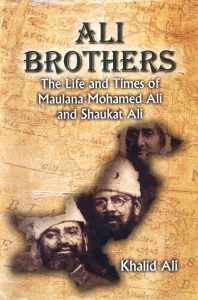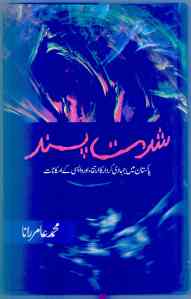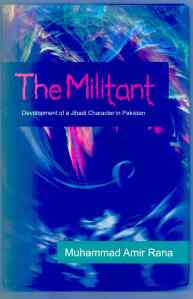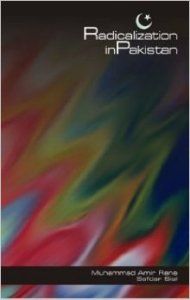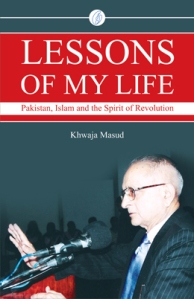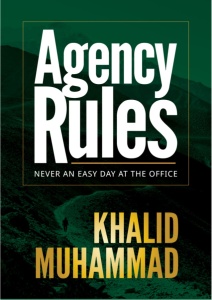By Faizan Hussain
Getting a separate homeland for the Muslims of the Sub-Continent was not an easy task. Many leaders dedicated their lives for this sacred cause. Maulana Mohamed Ali and Shaukat Ali were in those leaders who were the pioneers of this freedom movement. Although they were the ambassadors of Hindu-Muslim unity in the beginning, but the meanness of Hindu did not let it happen and the struggle moved towards the demand of a separate state. Not many people know that the mother of Ali brothers, Bi Amman, had also been the part of this struggle. She played an active role in spreading awareness among the women of the Sub Continent. Unfortunately, there has never been written any detailed book about these personalities which bred some misinformation. Khalid Ali has tried to fill this vacuum of information by writing this book in which he has been remained successful.
Maulana Mohamed Ali (1878-1931) and Shaukat Ali (1873-1938) belonged to an affluent and well known family. They were among the first generation of young men educated at Aligarh. Shaukat Ali was the first graduate from Rampur and Mohamed Ali graduated from both Aligarh and Oxford. Both could follow their own pursuit and could achieve peek in that but they opted a different way – to make the Muslim of the Sub Continent free from the slavery of the British rule. They endangered their lives, suffered troubles of prison but were determined in their cause. Their mother, Bi Amman, was not behind; she was the motivators of their sons. Their efforts culminated in form of a separate piece of land for the Muslims albeit not in their lifetimes.
Mohamed Ali was fully convinced that education is very much essential for the Muslims so after becoming free from Oxford he joined education department. Slowly, the activities of both the brothers became widened and had been becoming the part of national politics. They played their role in the formation of Muslim League. Many times Ali Brothers were sent to the jail and even awarded rigorous imprisonments where they did hard physical labours. In 1922, Jawaharlal Nehru accepted the bravery of these brothers and while telling the court he said, “I shall go to jail again most willingly and joyfully. Jail has become a heaven for us, …great hearted Shaukat Ali, bravest of brave , his gallant brother are there….” In short, they made themselves available for every sacrifice which was required for the cause of Muslim freedom and died in harness.
Khalid Ali has done a tireless effort to compile all the facts about the legendary brothers. For this gigantic task he consulted people who met those brothers or had been in contact with them. He gathered facts from the libraries of different countries. All these sources are mentioned in the book which makes it more valuable and an authentic resource material about Ali Brothers. Another aspect which adds glory and importance of this book is the collection of most rare pictures and stamps which are published in it. The detailed account of the lives of these legendary brothers has never been written and compiled in this form before. Their lives were so much interwoven with the political history of the Sub-continent that the book is not only the biographies of these brothers but also the history of this era and the story of the people and their aspirations.
Title: Ali Brothers | Author: Khalid Ali | Publisher: Royal Book Company | Genre: Biography, History | Pages: 935 | Price: Rs: 2500
http://nation.com.pk/sunday-plus/07-Oct-2012/legendary-brothers
